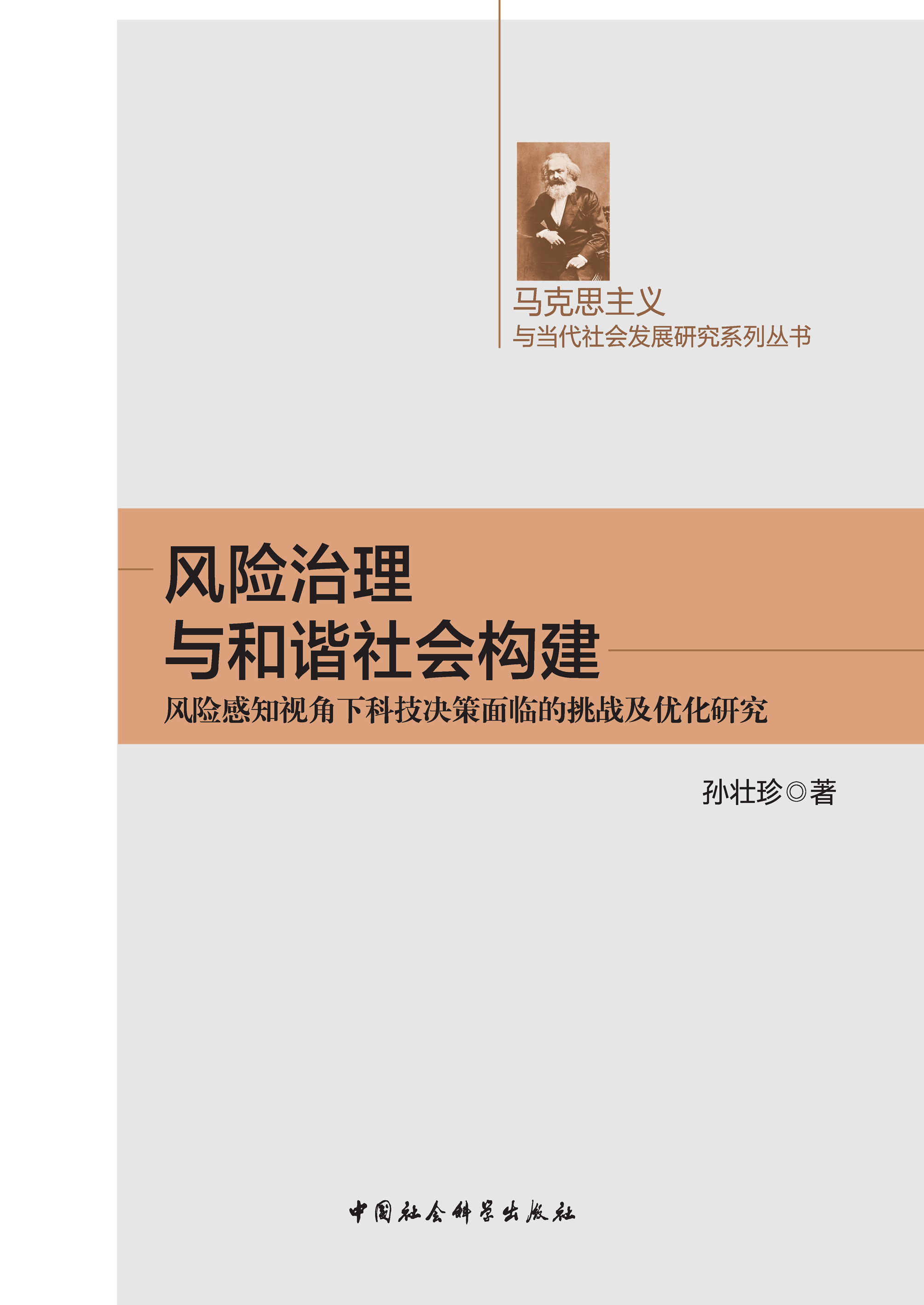内容简介
作者简介
目录
The local government is an important player in building an innovative state.Reasonable positioning and effective realization of its function are especially important to China during the transitional period.Domestic and international scholars haven't paid enough attention to the positioning and realization mechanism of local government's function in S&T innovation for a long period.To give better play of local government in building an innovative state,it is necessary to examine theoretically the inherent logic and footprint of evolution of local government's S&T investment and provide scientific basis for local government to adjust its S&T investment.The paper builds a framework for analysis of local government's S&T investment:motivation—model—behavior reasonableness,and examines the model formation and behavior reasonableness of local government in S&T investment by analyzing the motive mechanism of local government's S&T investment.The paper takes the systemic scientific methodology as the theoretical tool and studies the benefit-realizing path and influential factors of local government's S&T investment by analyzing the government's right structure and adopting the cost-benefit method.The study has found that the S&T investors in local government obtain local benefits and are recognized by the upper-level government.Factors that influence local benefits include environmental and individual conditions.The upper-level government plays its role through the review mechanism.The national S&T strategy serves as the systematic environment.Influential factors of individuals include mainly the level of industrial development and cluster extent of S&T resources.Due to different level of regional economic development and unbalanced spatial distribution of S&T resources,local government has different motives and orientations in S&T investment,divided into three types:enterprise-oriented,university/institute-oriented and mixed-oriented.On such a basis,local government's behavior models of S&T investment are primarily divided with statistical data.The effect of local government's S&T investment under different behavior models has been measured and examined to validate the theoretical assumption proposed in this paper.The paper defines the connotation about reasonableness of local government's S&T investment,proposes the criteria to judge local government's reasonableness in S&T investment and carries out the primary analysis from two dimensions:scale and structure.The study has found that the provincial and regional S&T investment is large for university/institution oriented,but inadequate for enterprise-oriented and the latter's effect isn't fully released yet.Local government's R&T investment execution structure is unbalanced.The percentage of fundamental researches where the local government has university/institute-oriented S&T investment is higher than enterprise-oriented and mixed-oriented regions.The paper concludes that the local officials'short-termism,unclear responsibilities between levels of government in S&T investment and defective mechanism of S&T work performance result in distortion of local government's S&T investment.Based on above analysis,this paper proposes advice to promote the system to examine local government's S&T work performance,define the responsibilities between central and local government in S&T investment and enhance the innovation of local S&T system.Keywords:local government S&T investment behavioral model performance
全部显示∨
第一章 导论第二节 国内外相关文献一 国外学者的主要贡献
二 国内学者的研究
三 研究中存在的问题
第三节 研究方法与技术路线一 研究方法
二 技术路线
第四节 主要创新点
第二章 理论基础与分析框架第一节 理论基础一 相关概念界定
二 政府行为理论
三 政府科技投入功能理论
四 科技绩效评估理论
第二节 传统研究范式一 结构功能范式
二 绩效评价范式
第三节 行为系统范式构建一 地方政府科技投入行为系统构成
二 地方政府科技投入行为系统与环境的关系
三 地方政府科技投入行为系统特征
第四节 本书的展开逻辑
第三章 地方政府科技投入动力分析第一节 科技投入动力结构分析一 科技投入动力结构形成机制
二 我国政府层级间权力结构
三 地方政府科技投入动力结构
第二节 地方政府科技投入动力因素分析一 系统环境因素
一 行为个体因素
第三节 地方政府科技投入动力因素作用检验一 系统环境因素检验
二 行为个体因素检验
三 结论
第四节 行为控制
第四章 地方政府科技投入行为模式分析第一节 地方政府科技投入行为模式分类一 科技投入行为特征生成机制
二 模式划分
第二节 地方政府科技投入行为模式判断一 地区约束条件分析
二 投入结构分析
三 分类结果
第三节 行为模式与绩效一 知识创新效应
二 技术创新效应
三 产业升级效应
四 结果分析
第四节 行为模式特征一 约束条件
二 投入导向
三 制度安排与制度创新
第五节 典型个案一 企业导向型
二 混合导向型
三 院所导向型
第五章 地方政府科技投入行为合理性分析第一节 科技投入行为合理性内涵一 内涵
二 分析角度
第二节 投入规模合理性分析一 投入规模合理性判断标准与方法
二 计算过程与结果
第三节 基于投入结构的合理性分析一 投入结构合理性判断标准
二 科技投入方向选择合理性判断
第四节 地方政府科技投入行为目标偏离原因
第六章 地方政府科技投入行为激励与约束第一节 激励与约束的路径分析一 行为目标偏离形成机制
二 激励与约束路径
第二节 明晰中央与地方科技投入的责任边界一 对于纯公益性研究应该由中央政府财政统一支持
二 对于产业技术研究开发活动的支持
第三节 规范政府科技工作考核体系一 完善科技活动考核指标体系
二 科技活动评价主体多元化
三 拓宽信息来源渠道
第四节 推动地方科技管理制度创新一 制度创新空间
二 制度创新与变迁的障碍
第七章 结论与展望
附表
参考文献
致谢
该书无电子版哦,想阅读点购买纸书吧,现在还在打折喔(⊙o⊙)









